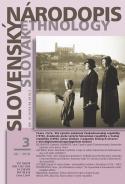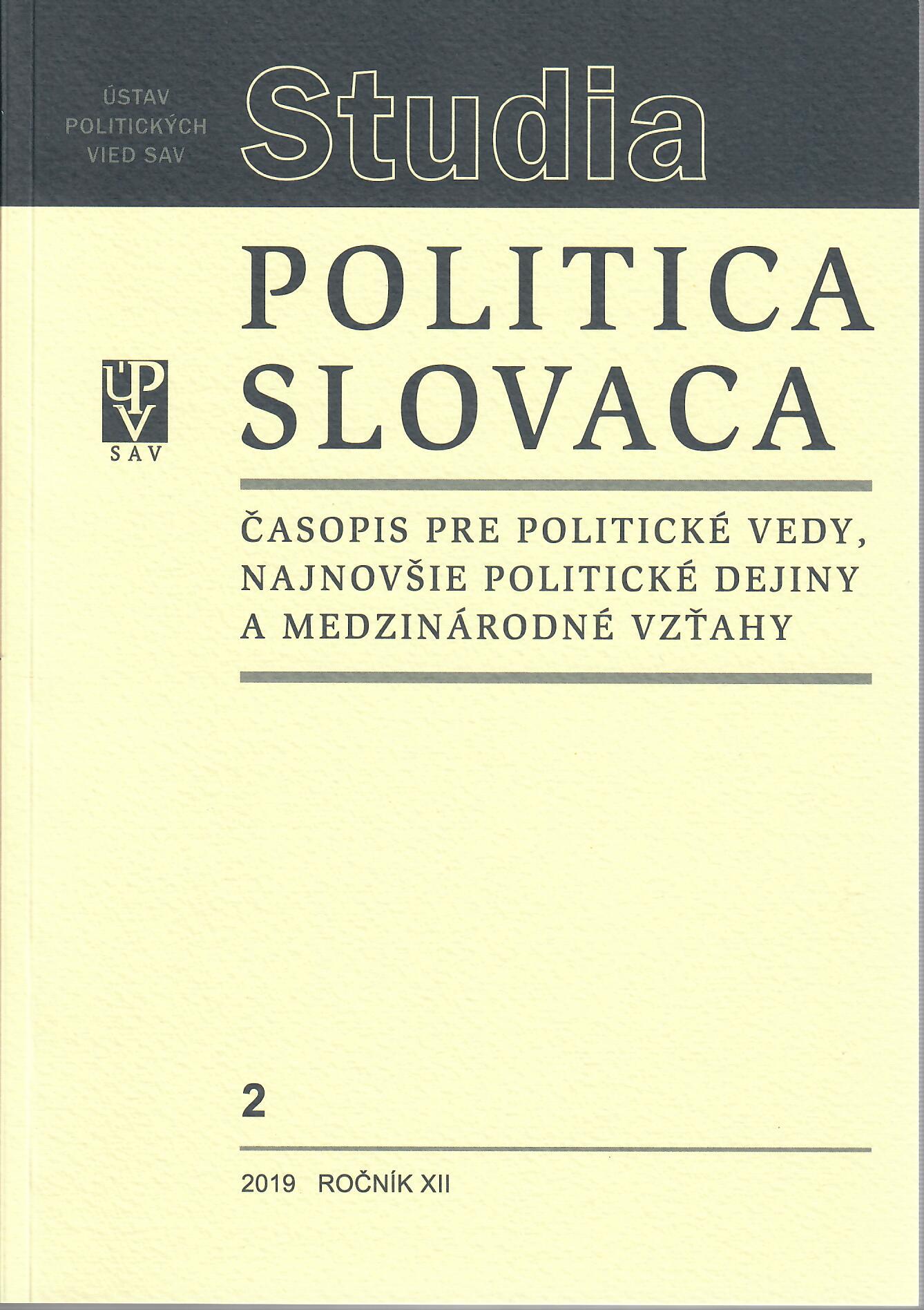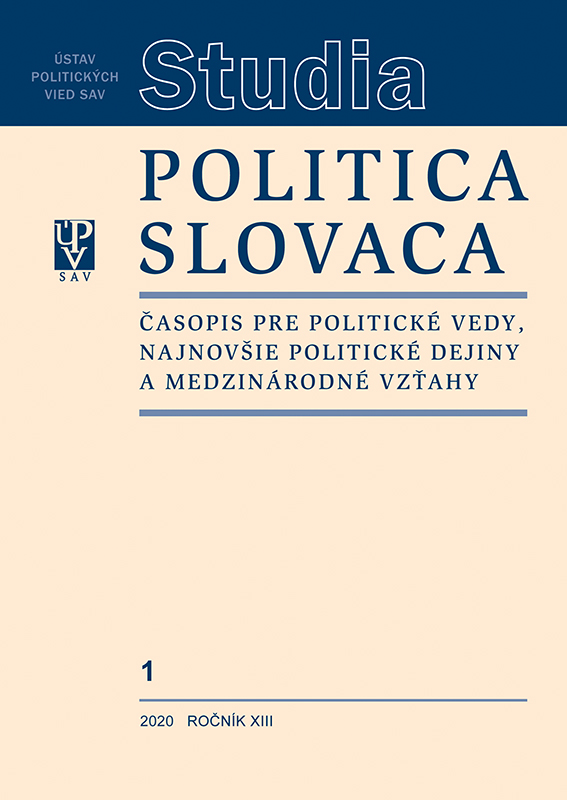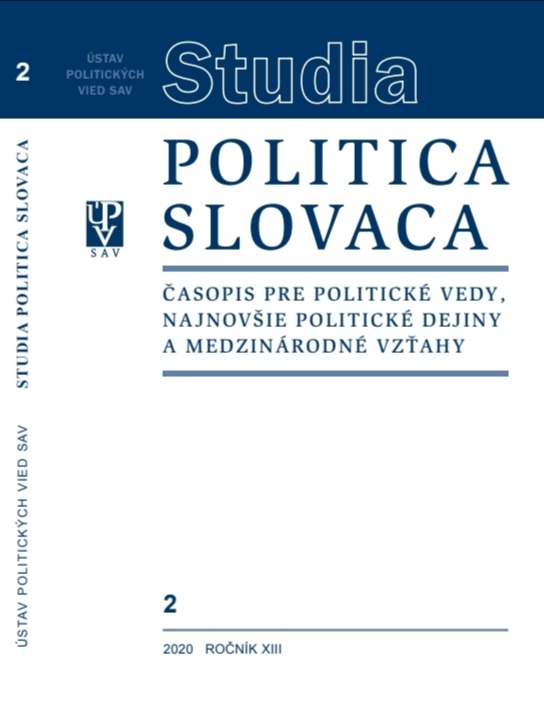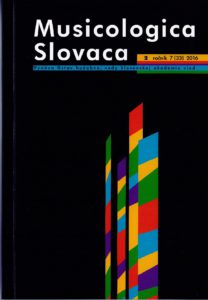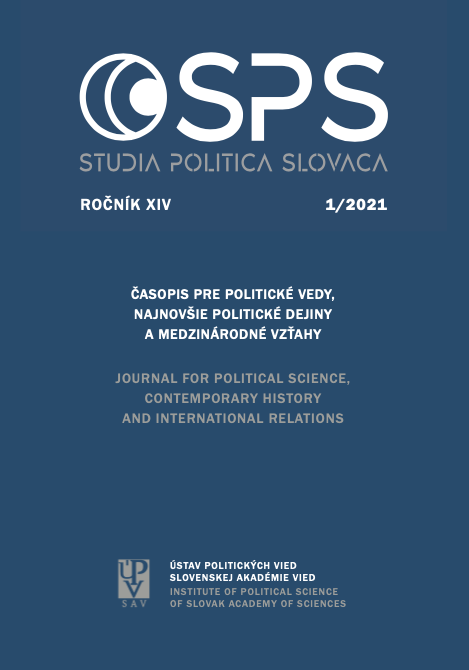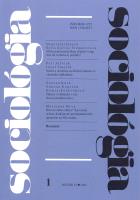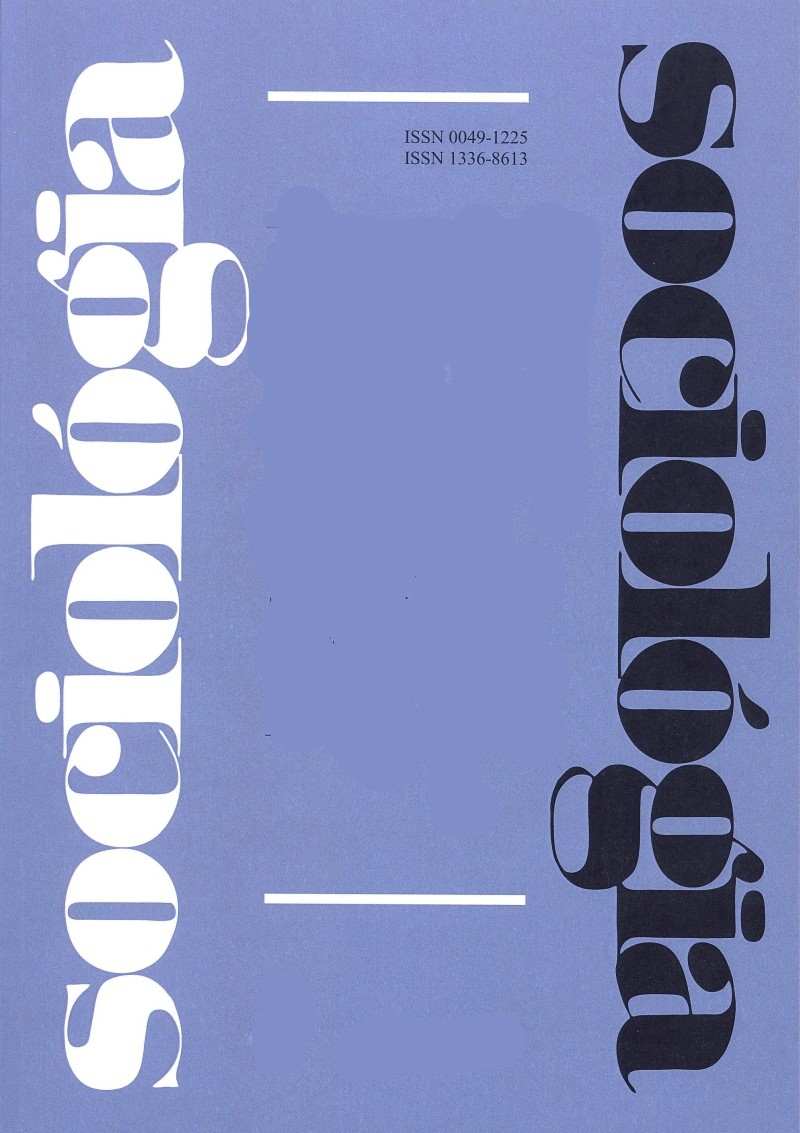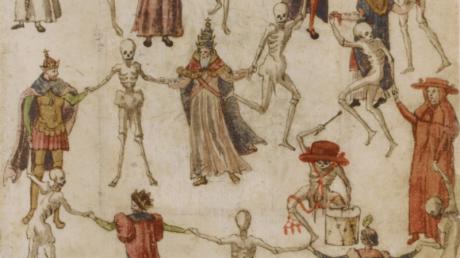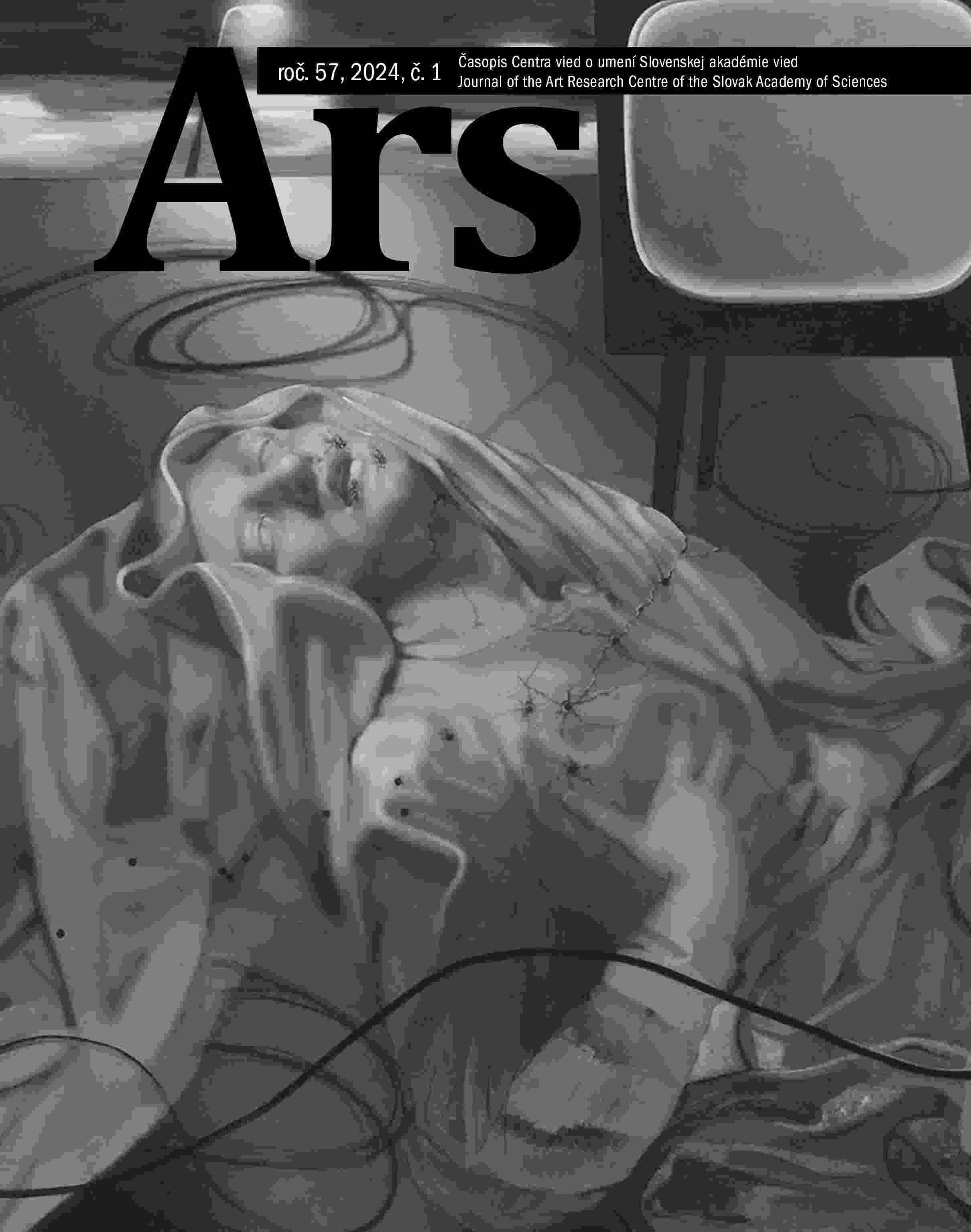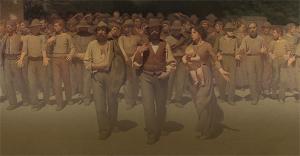BORIS GODUNOV : MUSORGSKIJ VS. PUŠKIN
The fact that the existence of several variants of Pushkin‘s drama was caused by censorship often wrongly draws a parallel with Mussorgsky‘s opera – as if its variability was based on external factors. Dunning compared the two versions of text written by Pushkin, while Taruskin the two existing opera versions. The author of this study have decided to analyse Mussorgsky’s Boris Godunov in relation to Pushkin‘s text corpus connected with the topic. The analysis is based on the historical and the study of religions approaches. What obstacles did Mussorgsky have to overcome when adapting Pushkin for opera genre? As the ideological polarization between supporters and opponents to the union of churches could be expressed just verbally, composer had no choice but transpose historical tensions into the speech of music – into the ritual opposition Latin/ Byzantine. Through the enigmatic character of Rangoni, however, Mussorgsky stays true to Pushkin‘s philosophy of history (so convincingly expressed in dramatic character of Dimitri) and refers to the historical paradigm, which offers a real alternative to unification of Christians: The Union of Florence, where the communion with the bishop of Rome did not contradict the adherence to the Byzantine rite.
More...
